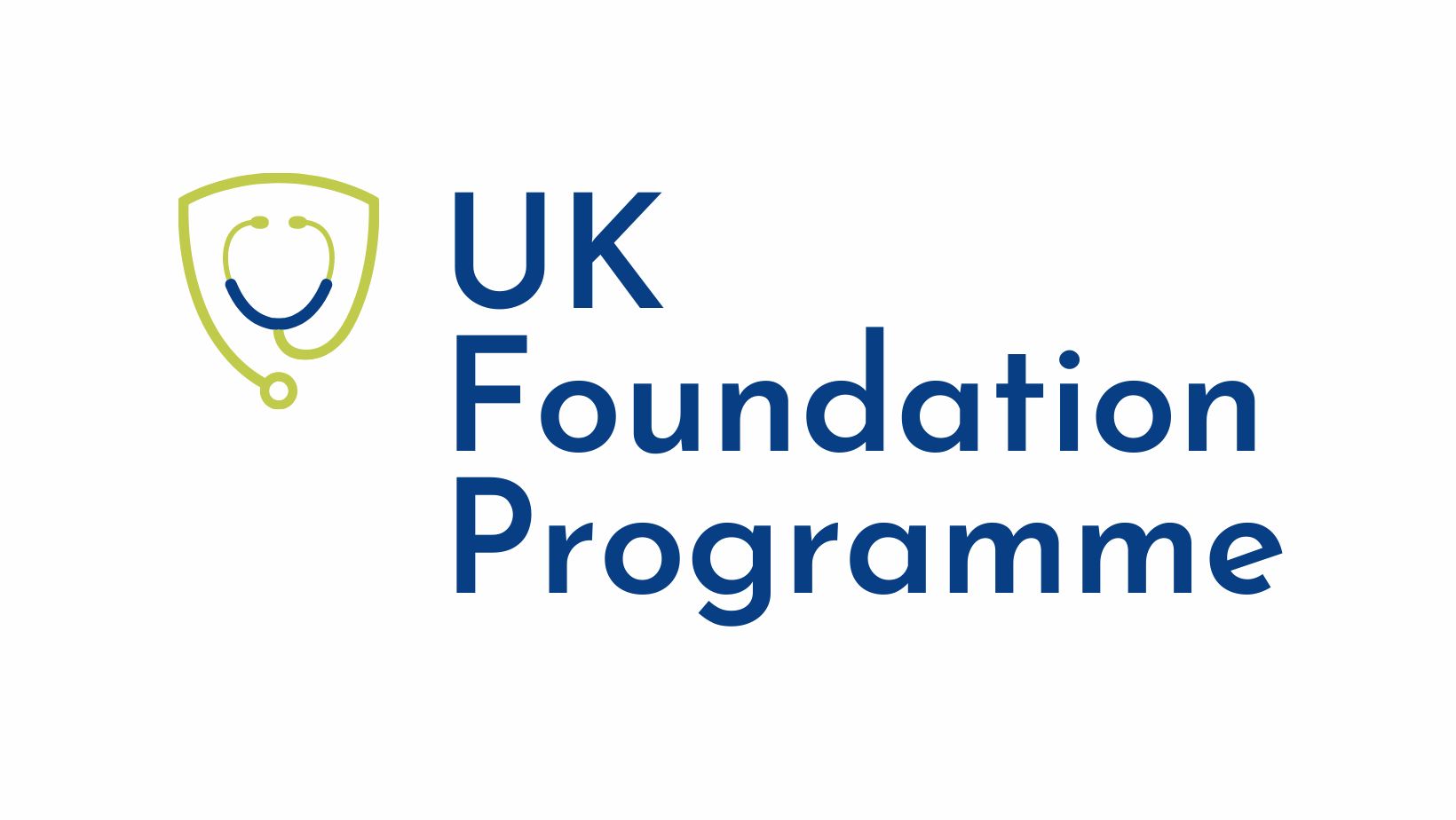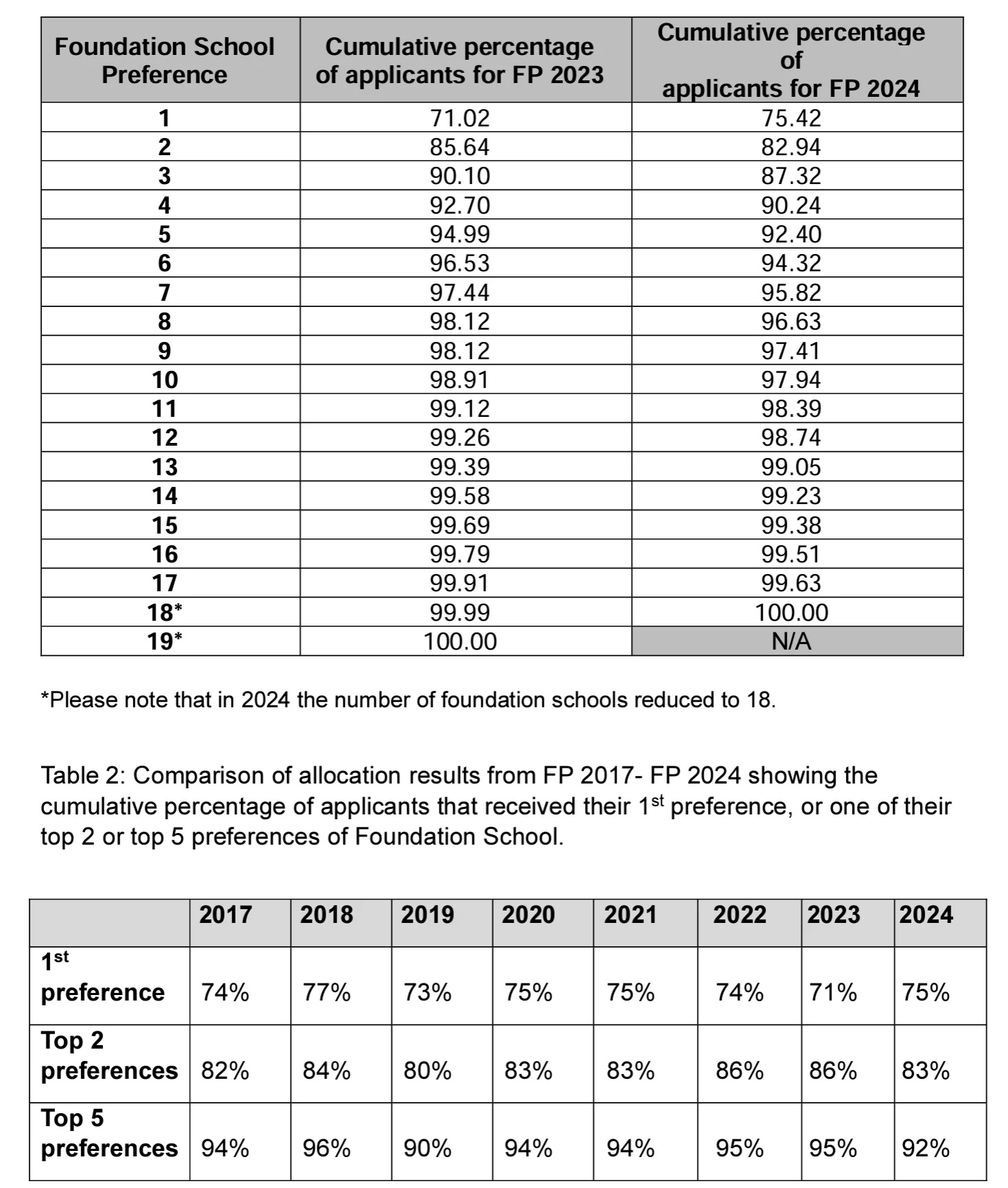Is the FY1 allocation process fair?
Dear Friend,
This week, final year medical students all around the UK found out where they are going to be placed for the next 2 years for foundation training. This year was particularly interesting, as it is the first year since the allocation process was changed. Judging from the social media reaction, this has caused a lot of controversy. As this has affected so many students, I wanted to summarise the changes to the application process. By the end of this newsletter, I’ll let you make up your own mind whether you think it is the fairest process?

What is the old allocation system?
The application system used to be a points-based system, with a total of 100 points available. The points were split into:
– Situational Judgement Test – 50 points
– Educational Performance Measure (EPM) – 50 points
Situational judgement test (SJT)
The SJT was a multiple-choice assessment that was used to test if medical students have the necessary qualities to work as a Foundation Doctor. The assessment was comprised of various scenarios that test an applicant’s professional attributes that are expected during your Foundation years. It was scored out of 50.
EPM
The EPM was a measure of your academic performance. It consisted of medical School performance, additional degrees and publications.
Medical School performance
From your medical school performance, you can gain between 34-43 points for your medical degree. Your points depended on your decile ranking within your medical school cohort.
Additional degrees
Additional degrees were a way to get extra points. The points are awarded as:
5 points – Doctoral degree (e.g. PhD)
4 points – Postgraduate Masters (e.g. MSc, MPharm), 1st class honours degree, Bachelor of Dental Surgery (BDS) Bachelor Veterinary Medicine (B Vet Med)
3 points – 2.1 honours degree
2 points – 2:2 honours degree
1 points – 3rd honours degree
Publications
You can get up to 2 additional points for publications achieved during medical school (1 point per publication). These publications can be for any research, articles or letters that have resulted in a PubMed ID number.
This gave a total score out of 100. Students were then ranked in order of that score. They then allocated their preferences and would receive these in order of their ranks.
New process – Preference informed allocation
The new “Preference Informed Allocation” process gives applicants a computer-generated rank and removes the Situational Judgement Test (SJT) and educational Performance Measure score. It basically asks students to submit their preferences of where they would like to go for Foundation Years. How you have performed during medical school does not influence the process at all.
Step 1
Students are randomly assigned a computer generated rank. This can be from around 1-9000.
Step 2
The algorithm will work through the applicants in rank order.
- When it gets to your rank, if your first choice is available you will be allocated that area.
- If you first choice is not available when it gets to you, it will skip past you.
Step 3
Once the algorithm has been through everyone it then comes back to the skipped applicants in rank order. Any unplaced applicants will be allocated a place in their highest preferenced area which is still available It will do this until it reaches the end of the applicant list.
Why did they do this?
The main reason to do this was to increase the proportion of students who obtained their first choice preference. It also reduces the stress that students face in their final year having to revise for the Situational Judgement Test.
Has it worked?
If you look at the statistics which have just been released, we can see that the proportion of students who got their top choice has gone up from 71% to 75%. However the cumulative percentage of students getting their top 2 or 5 preferences has actually gone down.

In addition, if you look on social media, there are reports of many students getting their 12th or 18th choices and being placed in Northern Ireland. Students are complaining that not only do they have to move far away from families, friends or even children, the problem is that now they do not have any influence or control of where they are being sent. At least in the previous system, people could work harder to get publications or perform well in exams to have a better chance of a particular area – now they are assigned a computer generated rank.
Summary
The changes to the allocation process will affect may student’s lives for the foreseeable future. Congratulations to those who obtained their first choice, and I also empathise with those of you who are disappointed with your allocation. I’d love to hear your views on the matter and your personal experiences. Personally, I’m just glad I didn’t have to go through this when I was applying.
I hope you found this summary useful. See you next week!
Drug of the week
Lisinopril
This inhibits angiotensin converting enzyme (ACE) which converts angiotensin I to angiotensin II.
It also stops the breakdown of the vasodilator bradykinin.
This results in venodilation and natriuresis, which helps to reduce cardiac preload and afterload and hence they are used to treat chronic heart failure.
ACE-inhibitors should be avoided in pregnancy and breastfeeding.
A Brain Teaser
A 40-year-old man visits his GP, wishing to discuss a problem. For the past 2 weeks, he has noticed a milky discharge from his nipples. He is otherwise well in himself and has no other concerning symptoms. His past medical history includes hypertension, asthma, migraine, leg cramps and a hiatus hernia. Accordingly, his current medications include spironolactone, salbutamol, beclometasone, metoclopramide, quinine and omeprazole.
Which of his medications is most likely to have caused his symptoms?
A: Beclometasone
B: Metoclopromide
C: Omeprazole
D: Quinine
E: Spironolactone
Answers
The answer is B – Metoclopromide
The description is that of galactorrhoea – secretion of milk from breast tissue unrelated to normal breastfeeding. It is caused by raised prolactin, which itself may be raised by a number of medications. From the list given here, the most likely cause is metoclopramide, a dopamine receptor antagonist being used to treat migraines. As dopamine normally inhibits prolactin, the antagonism of dopamine receptors leads to raised prolactin.
Beclometasone is an inhaled steroid being used for the patient’s asthma. It is not known to cause galactorrhoea. As it is inhaled, rather than systemic, side effects will be limited – common effects of inhaled steroids include oral thrush and changes in taste.
Omeprazole is a proton-pump inhibitor used to reduce acid secretion – in this scenario, for the patient’s hiatus hernia. It is not known to cause galactorrhoea; it commonly causes gastrointestinal upset.
Quinine is used in the management of leg cramps. Among other side effects, it commonly causes diarrhoea and headache.
Spironolactone is an aldosterone antagonist being used here for hypertension. It is important to note that, although not known to cause galactorrhoea, it is well-known to cause gynaecomastia – the enlargement of breast tissue in men.





